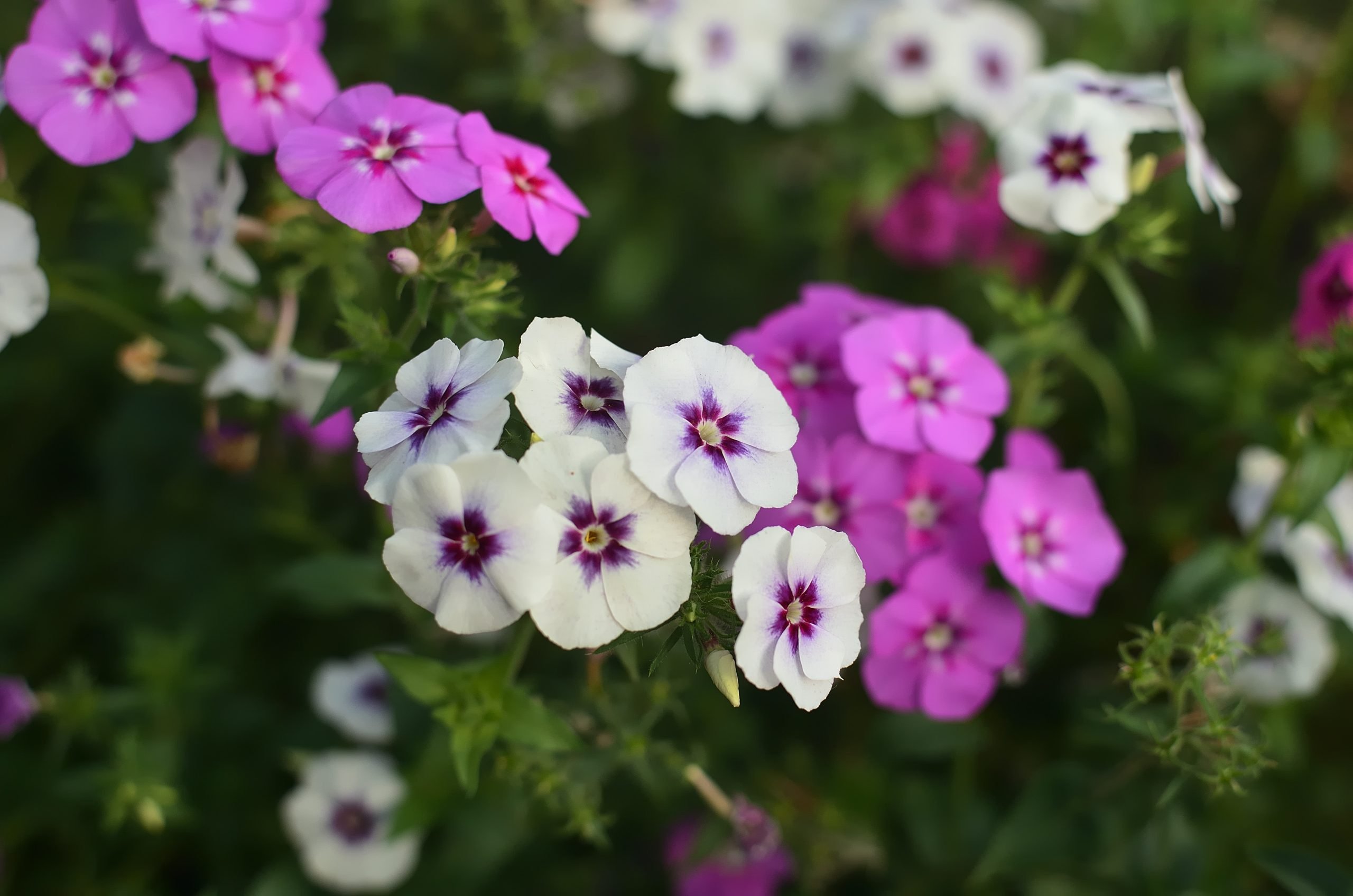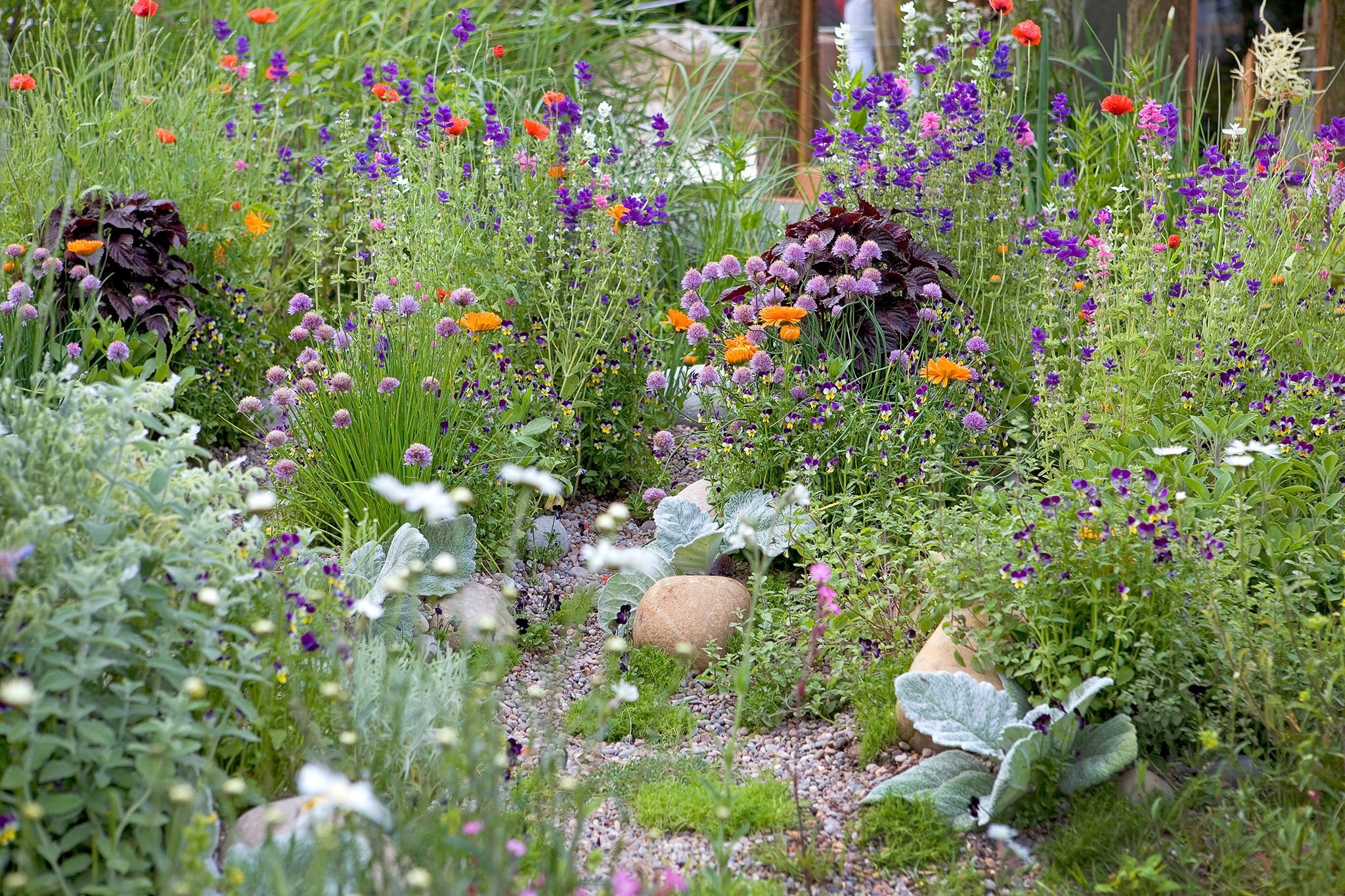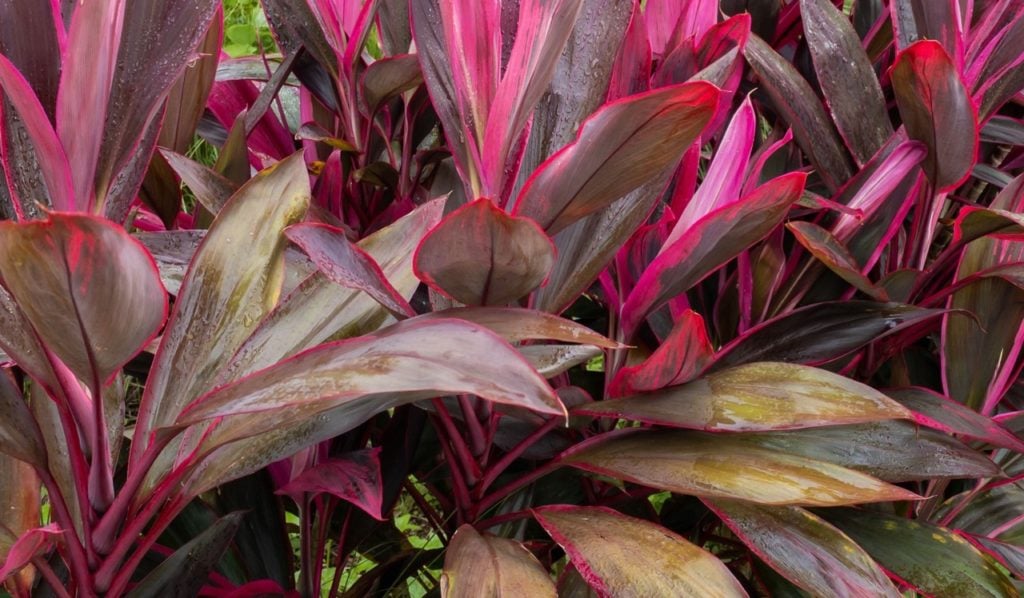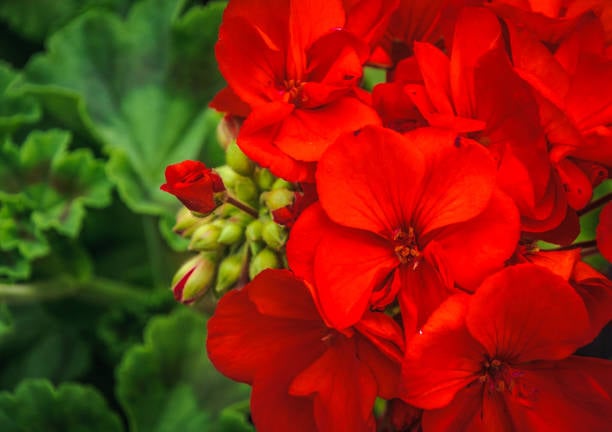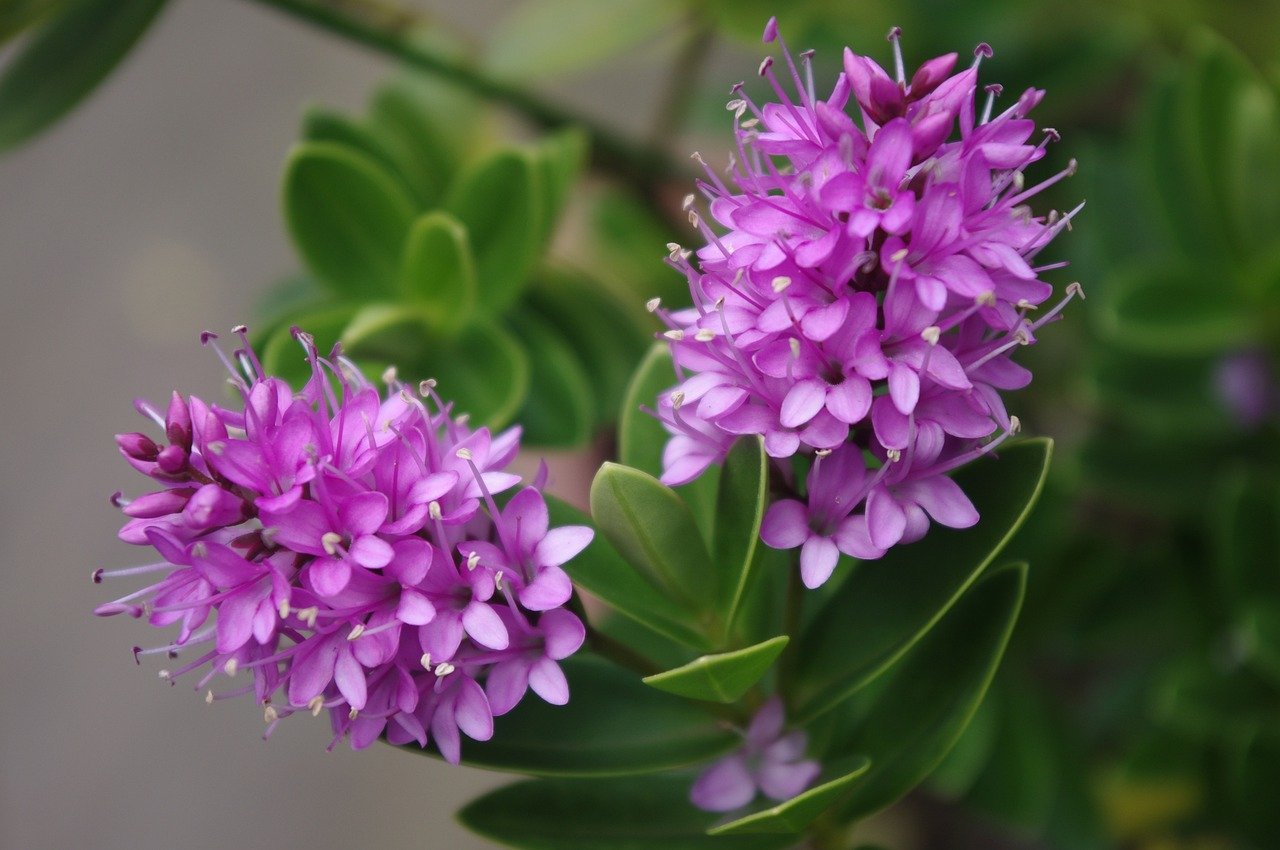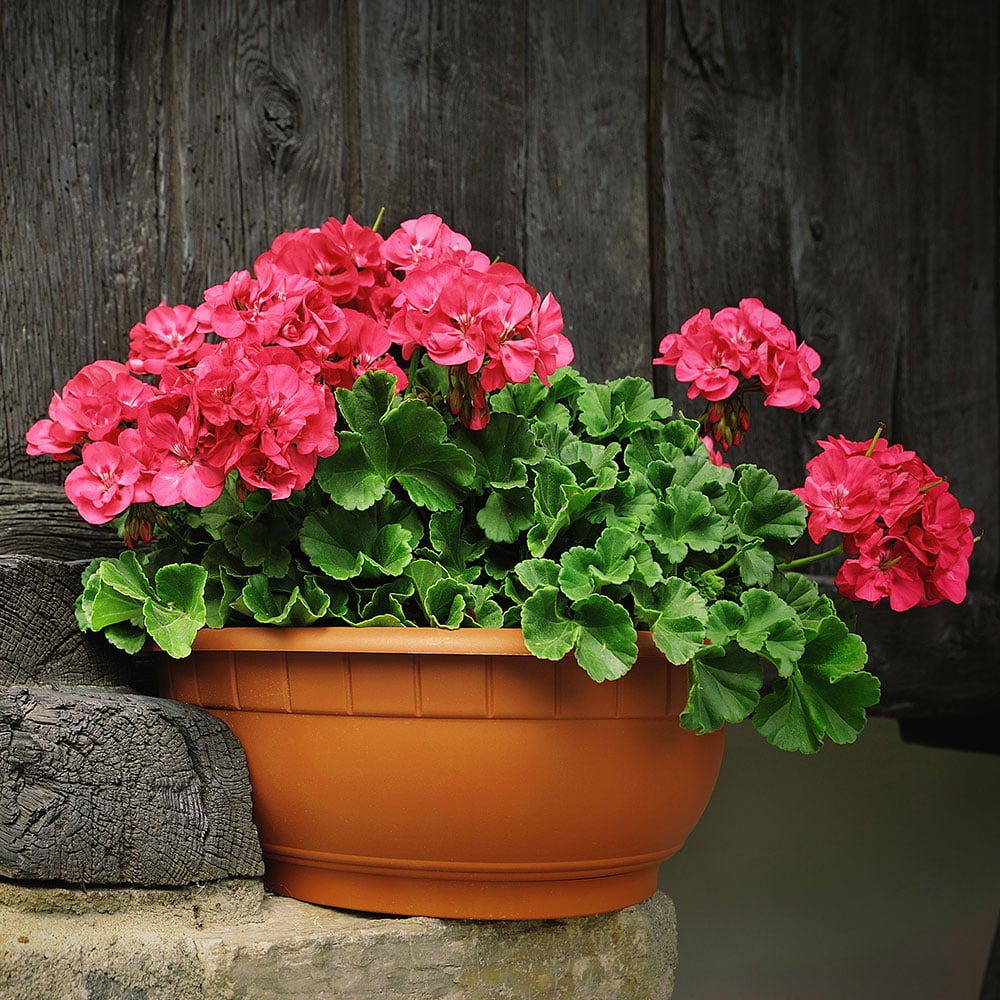Step-by-Step: Growing Nasturtiums from Seeds in Just 5 Easy Steps
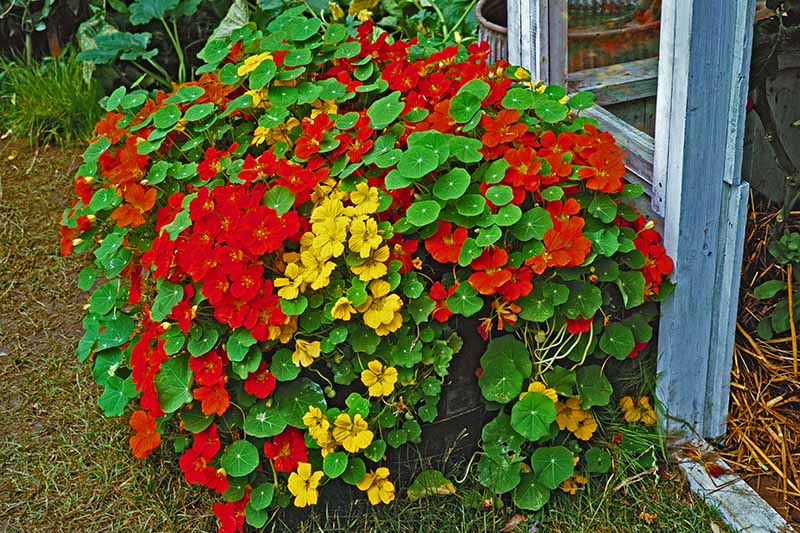
Table of Contents
Nasturtiums are flowering plants that grow all year round. These are flowering perennials that are wonderful for beginners as well as experienced gardeners. They can be fabulous companion plants for your kitchen gardens too. Its flowers can be cut out and placed in pretty-looking flower vases. This way, these planting beds provide ornamental value to your living spaces.
These are planting beds that offer edible yields too. Hence, they are food crops in their own way. The seeds of the Nasturtiums are fairly large. Hence, you should plant the seeds outdoors. Or, you can grow them in flower pots indoors too. Let us discover how and when to sow nasturtium seeds in the UK in five simple steps. Alongside, you can also check on the varieties of Nasturtium plants you choose to grow inside your homes or gardens.
How to Grow Nasturtiums from Seeds in Five Steps?
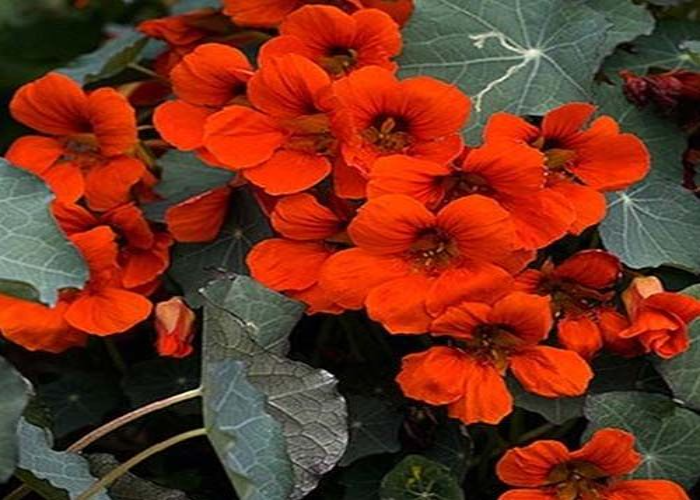
We have 5 outlined steps on how to grow Nasturtium seeds in your gardens or home spaces. These five simple steps can let you plant the seeds and allow the flowers to bloom.
Step 1: Choosing the Right Variety of Seeds
You have about 16 varieties of Nasturtiums you can choose from. Hence, it is important you must choose the right type of seeds that are compatible with your gardens or indoor spaces. You can choose a garden-friendly variety of seeds, namely the ‘Fire bird’. These seeds are procured for you from a company named Thompson and Morgan. The ‘Firebird’ Nasturtiums are more easily available at online marketplaces. You can therefore procure these seeds quite conveniently. You can also gather seeds from existing plant beds and sow them elsewhere in your garden.
Step 2: When Would You Have to Sow These Seeds In?
Once you have purchased Nasturtium seeds for your organic gardens comes the next important step. You must have a clear understanding of when to sow nasturtium seeds in the UK. These are planting perennials that can be sown between March and June. This is the best time wherein the shoots will bear flowers. You can keep them planted in pots in your underground or garage spaces. Else, you can have these flowering beds planted indoors. These seeds are quite huge and can germinate quickly if you provide the plants with the right type of growing conditions. The flowers can bloom early spring until the first frost of the winter-fall season. The flowers look cheerful and attractive to the eye. When you plant these flowering beds near your gardens, they can attract bees, butterflies, and other pollinators.
Step 3: Where Are the Ideal Spots You Can Choose to Grow Them In?
When you try planting them indoors, you must choose an ideal location where you would want to grow them. These plants prefer a sunny spot. They require soil that is free-draining. You can look for creative and exciting ways by which the plant perennials can be grown. Nasturtiums can be grown as ornamental beds near border spaces or outdoor spots in your home.
These planting beds act as companion plants that grow along with your organic kitchen gardens. The Nasturtiums lend an exotic ground cover when you decide to plant them near a forest guild or across your fruit gardens. They can be grown in containers or pots you space out near verandas or balconies of your homes.
Step 4: Prep up The Growing Space for Your Nasturtiums
You must prep up the growing spaces for your Nasturtiums. You can have the sowing area cleaned thoroughly. This way, you create a proper place where you can sow the seeds. You can either sow your Nasturtium seeds directly, or you can make drills in order to sow the seeds. This way, you plant the seeds in rows or holes adjacent to the edges where you have placed your other plantings in.
You must make sure that the area you are looking for is weed-free. Plus, you must water the area before you sow the seeds because you do not want the water to wash the seeds away. If you plant them indoors, you can use 9 cm flower pots or other containers that are made from recycled materials. These containers have to be filled with a peat-free soil mix. You can also choose to use a seed-starter kit on potting mix or use a homemade equivalent.
Step 5: How Do You Typically Sow the Nasturtium Seeds?
You can use the holes or drills you had created while prepping up the area where you plan to sow the Nasturtium seeds in. This way, you can sow the seeds directly into the ground. The seeds must be sown at a distance of 1-1.5 cm and no less than 10 cm apart from each other. The seedlings can emerge after a few couple of weeks. The seedlings can be spaced out to 30 cm apart from one another. When you try sowing seeds in containers, sow them into 9 cm containers. The seeds can be sown 1-1.5 cm apart from each other. You can place the pots near sunny window sills or in greenhouses. These are planting beds that can be grown indoors or outdoors. They are versatile planting beds that bloom attractive hues of flowers to add fabulous looks to your gardens.
How Do You Harden Off and Plant Out?
You find out that indoor sown Nasturtium flowering beds sown indoors can harden off in the longer run. You can then plant the seedlings in outdoor gardens during late spring or early summer. You can plant your Nasturtium planting beds outdoors either by using raised beds or through containers. You can make holes of the same sizes in pots where the Nasturtium seedlings were growing in. You must make sure that the crown of the leaf in every plant touches the ground level.
You must water the planting beds well. For container-based plants, place them in a potted mix containing two parts of multipurpose compost to one part of gravel or grit to keep the soil a free-draining one. These plants are easy to grow and maintain indeed. You can get quite a lot of benefits while you plan to grow them.
Discover Varieties of Nasturtium Plant Beds You Can Choose From
These flowering beds bloom pretty-looking flowers, provide you with edible produce and beautify your garden spaces. Let us discover the different varieties of Nasturtium flowering beds you can choose from!
1. Garden Nasturtiums
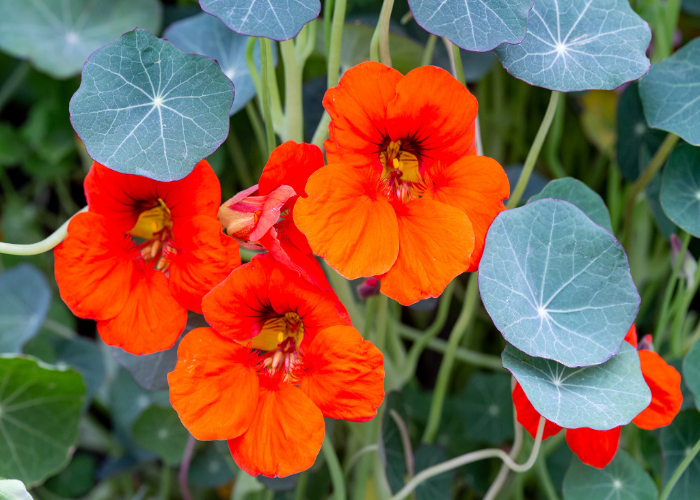
The scientific name for garden nasturtiums is called Tropaeolum Majus. These plant beds bloom pretty-looking flowers that can lend a stunning look to your gardens or outdoor backyard spaces. The flowers are surrounded by large disc-shaped leaves, while the flower petals are bright orange or red in colour. These are fast-growing plants that can grow at a height ranging between 3-6 feet. You also find hybrid varieties of this particular Nasturtium. You find that the blooms of Tropaeolum Majus are larger than other types of Nasturtiums.
2. Blue Nasturtium
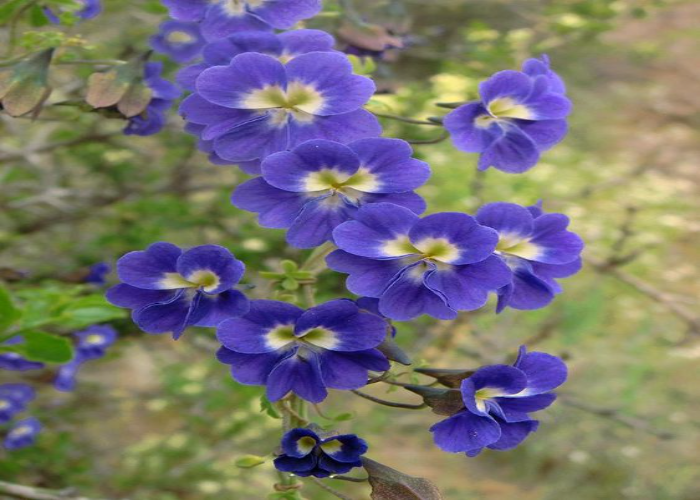
The scientific name for Blue Nasturtium is called Tropaeolum Azureum. These are flowering beds that can be found in exotic vineyards indeed. These planting beds are lovely-looking climbers that produce rich blue flowers with white centres. These are perennial climbers that can grow up to a height of about 1 meter or so. The flowering beds can beautifully be cultivated across mountain or alpine regions too. These are flowering beds that can produce lavender hue florets as well. These planting beds grow well in full sun under acidic or mountain soil conditions. They look fabulous in rock gardens too.
3. Canary Creeper
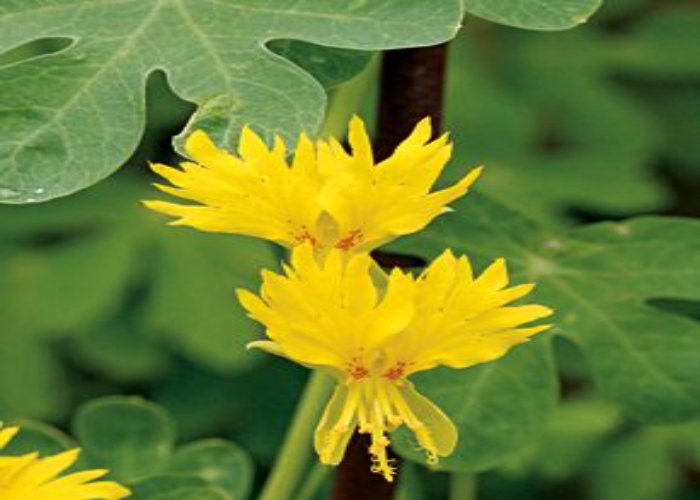
The scientific name for Canary Creeper is Tropaeolum Peregrinum. These are flowering beds that originate from Peru. The Canary Creeper grows on climbers. These Nasturtium flowering perennials can grow up to 8 feet high. You can find green leaves that are rounded in shape. The diameter of each leaf measures about 2 cm or so. The flowers come to you with mesmerizing shades of yellow. These hues range from brighter sun-kissed to pale creamy tones. You can hang these exotic flowering plants by using hanging baskets in order to beautify your balconies or outdoor patios.
4. Flame Nasturtium
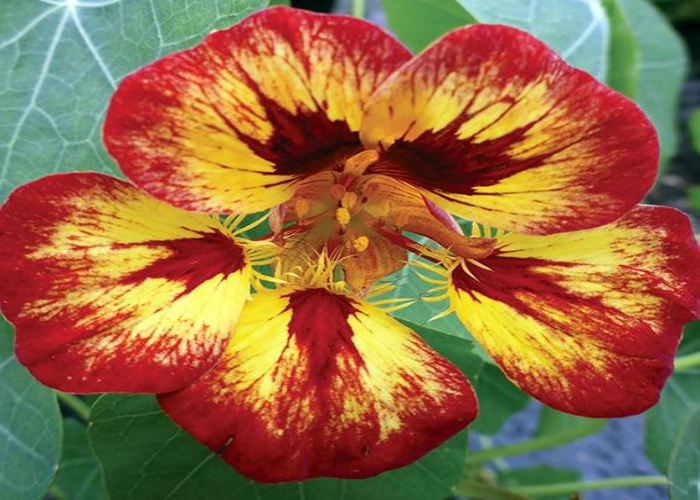
The scientific name for Flame Nasturtium is called Tropaeolum Speciosum. These are famous Scottish flowers that discovered their roots in Chile. The plantings produce dazzling scarlet flowers that are surrounded by delicate green leaves. The florets take the shape of funnels, and you can see them growing on tall and slender stalks indeed. Post the blooming season of the flame red nasturtium; the flowers mature into blueberries. The Flame Nasturtiums grow in pots or containers and do well in garden beds too. You can grow them under shrubs or trees. Well-established climbers can grow Flame Nasturtiums growing to a height of about 10 feet or so.
6. Chilean Nasturtium
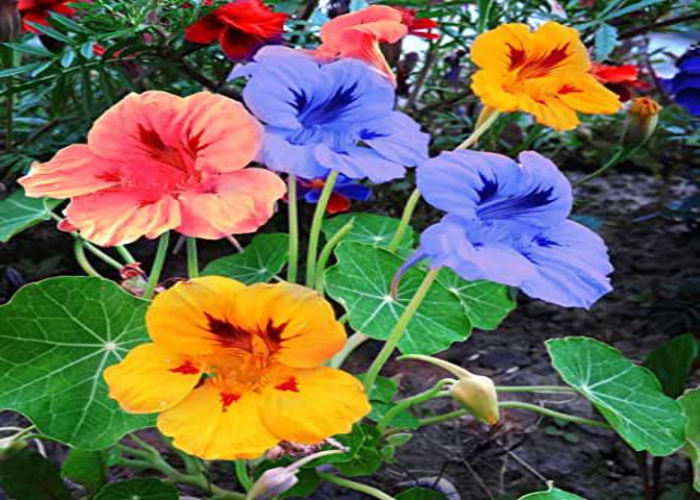
The scientific name for the Chilean Nasturtium plant is called Tropaeolum Tricolor. The flowers bear a tricolour hue, as the name suggests. The flowers are planted as exotic-looking vines near regions of Chile. The plantings bloom a mix of yellow, blue, and scarlet-shaded flowers that can be eye-catching indeed. The tall climbers can grow up to a height of 10 feet or so. The planting climbers comprise exotic flowers coupled with dense foliage. These plantings can therefore beautify garden walls or fences. These plantings are also called the Three-colored Indian Cress. They hold flowers that grow in the same direction. These brightly coloured flowers, therefore, resemble tropical schools of fish floating in the water.
7. The Trailing Nasturtium
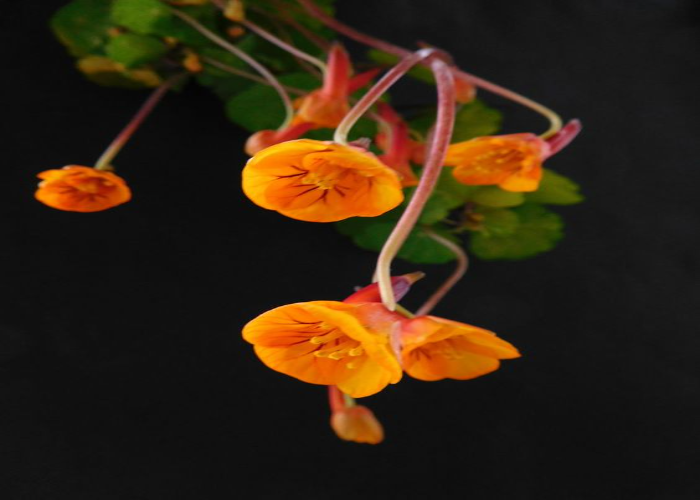
The scientific name for the trailing Nasturtium is called Tropaeolum Pentaphyllum. These are flowering beds that you can hardly find in home gardens. The planting beds require locations that have full sun. The flowers thrive in partial shade zones too. These planting beds use soil that can be acidic or neutral in nature. These panting beds grow in a trailing manner, as the name suggests. The Tropaeolum Pentaphyllum are plant perennials that can grow to a height of 8-12 feet or so. The flowers have hues ranging from coral or apricot shades up to greenish-yellow or plain yellow.
8. Tropaeolum Brachyceras
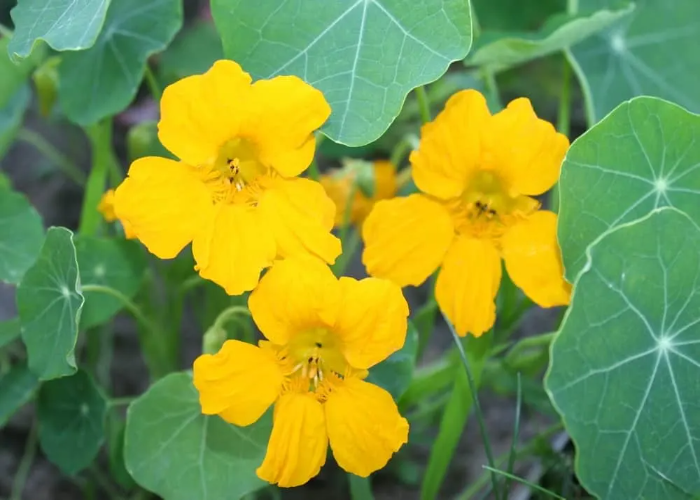
The Tropaelum Brachycerus blooms bright yellow flowers with purple markings. These are plant beds that originate from Chile. The flowers are quite small in stature as they measure about 1 inch or so. Despite the small sizes, they make up for it with their abundant growth. They grow well as climbers. Therefore, the planting perennials need extra support or trellises or sticks they can grow on to. The leaves are wide and rounded with white patch lines in between.
9. Alaska Apricot Nasturtiums
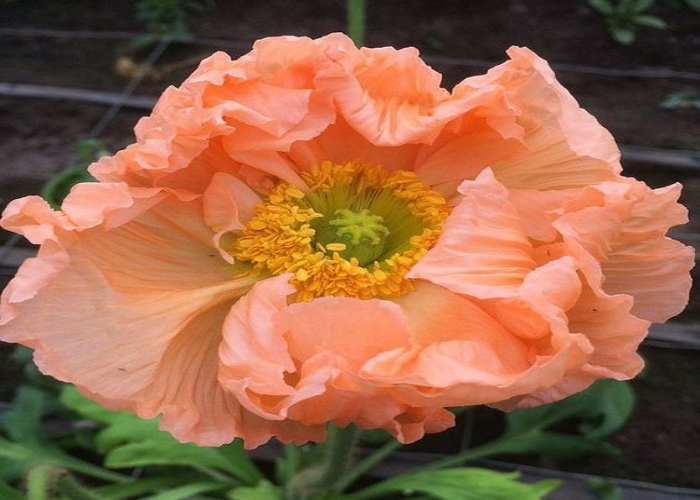
Alaska Apricot Nasturtiums can provide a stunning backdrop for your garden spaces. The flowers are apricot or coral-shaded ones indeed. These are ornamental blooms that can lend warm tones to your growing spaces. The ornamental florets have variegated leaves. These are dwarf Nasturtiums and grow in mounds rather than flowering beds that are available in the gardens. In order to grow these beautiful flowers, you can sow Nasturtium seeds directly into the soil when there is no danger of frost. These flowering blooms can be planted in peat pots in order to beautify your indoor spaces.
10. Empress of India

This is the crown jewel among most variants of Nasturtium plants. These flowers are known for their magnificent and royal beauty indeed. The deep-green foliage is characterized by rich-red flowers making the plantings stunning across your gardens or other outdoor spaces. These flowers can provide a show-stopper look to your gardens. The growth pattern that is compact gives the plantings a neat and trimmed appearance, even without much pruning. These exotic flowers attract hummingbirds and butterflies. The green leaves add a peppery taste when you add them to your favourite salads. You can also use the edible flowers as yummy toppings for cakes and pastries.
Interesting Takeaways
You can therefore find varieties of Nasturtium plants you can care for and grow in your garden spaces. These are easy-to-grow and maintain perennials. As long as the planting beds are watered regularly and receive an ample amount of sunlight, they can thrive on their own. You can grow Nasturtiums through seeds on raised beds, climbers, or as pretty looking vineyards. Nasturtiums grow on mounds and as bushes too. You can grow them in pots or containers indoors too.
As you have flowers with pretty-looking florets, the cut flowers serve as ornamental value for your living spaces. Beautiful bouquets can be created using Nasturtium flowers that come to you in a wide range of colours and designs too. Balconies or fenced areas of your gardens can get a new makeover while you plant different varieties of Nasturtiums. These are planting beds that require climber support mostly.
In a nutshell, the Nasturtiums are colourful and vibrant flowering beds that can look incredible indoors as well as outdoors. With hybrid seeds and simple plants available, you find no dearth of growing them!

